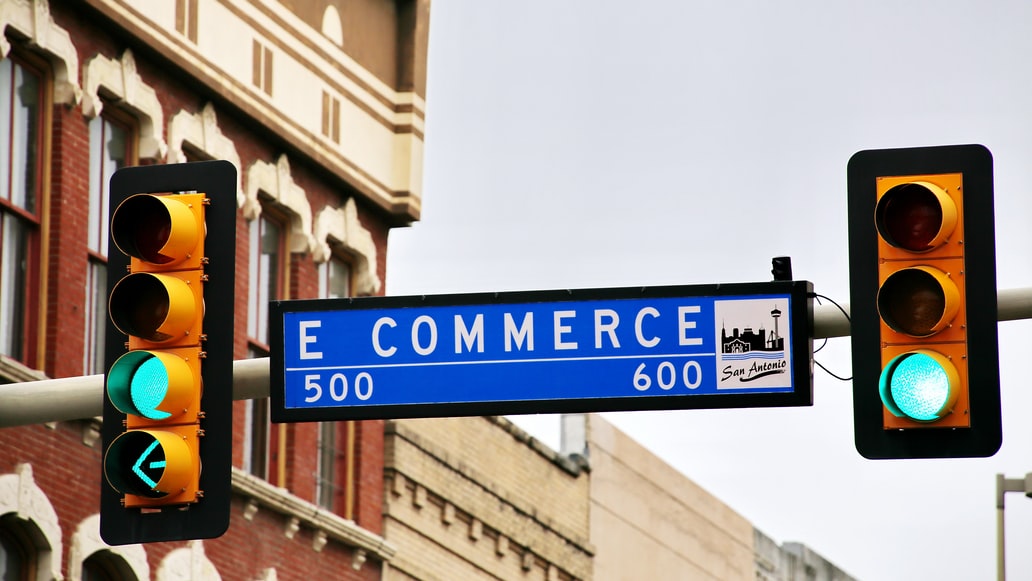Operating a sustainable and well-funded nonprofit is tough businesss to move away from relying solely on donations, nonprofits are behaving more and more like their for profit counterparts, experimenting with developing different income streams and operating models. This has led some nonprofits to take a close look at one of the biggest growth areas in the consumer economy: e-commerce.
Essentially it’s not as difficult to dive into e-commerce as most nonprofits would believe, thanks to a proliferation of digital platforms and tools. There are tons of opportunities available in the online space and we will mention some easy ways to start with e-commerce if you’re a nonprofit.
Decide on a Product Line and Price
There are unlimited options of merchandise you could sell as a nonprofit. Among the most popular items are t-shirts, mugs, water bottles, tote bags, and stickers. Whatever you create, the key is making sure that the merch supports your organization’s mission and values, and reflects well on your brand.
Niche products are a good selling point for starters. Even if you must sell the usual bags, mugs, or t-shirts, look for a differentiating factor because unique, handmade products are more profitable than mass-produced ones. The selling point should be product exclusivity so you can work with a graphic designer to come up with something unique.
Another important point is pricing. Part of the research should cover this part. Even if the money is going to a good cause, no one wants to feel like the organization is exploiting them so it’s a good idea not to out price yourself out of the market. Factor in all the costs of the items, including logistics then put a workable profit margin on the items.

Try Different Channels
Online marketplaces such as Amazon or eBay, are a good way to start in e-commerce and get a feel for what sells and what doesn’t. Whatever the mission behind your nonprofit, it’s a better to sell items that resonate with that cause, rather than something unrelated. Other channels to take into consideration areShopify, Woocommerce, Magento, and Bigcommerce. The channel should provide convenience for both you and the customers. Factors like payment options and the checkout processes should be considered. Other important features is security and integrations with other platforms.
You could also create your own online store, which removes reliance on marketplaces and allows you to build some brand equity for your nonprofit. You can set one up using an out-of-the-box, customizable online store builder. A lot of charities do very well through their online stores, selling branded items like clothing, mugs, toys, etc.
Think of the Marketing Strategies
Marketing for nonprofits is used to create visibility and credibility to attract funding and build long-term relationships with stakeholders. But for e-commerce purposes, the communication has to change. The underlying basis should remain the same, to get people to support the organization. But this time, it’s about selling a product or service. It all comes down to taking the art of persuasion a notch higher. The teams must convince the audiences to buy their products and not the competitor’s.

References: https://learnwoo.com/ways-nonprofits-can-use-ecommerce/






